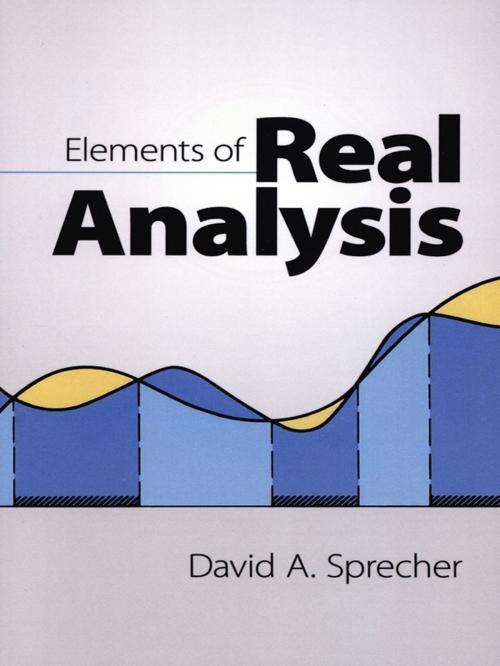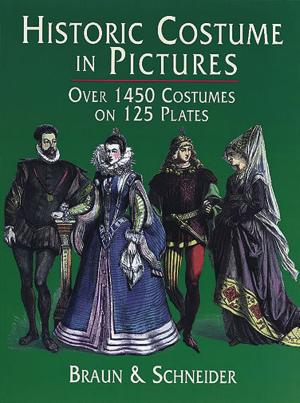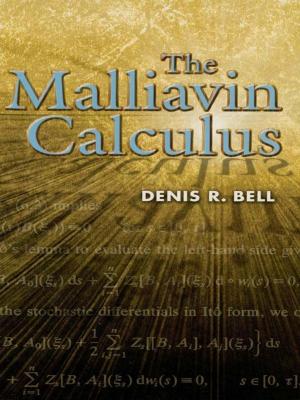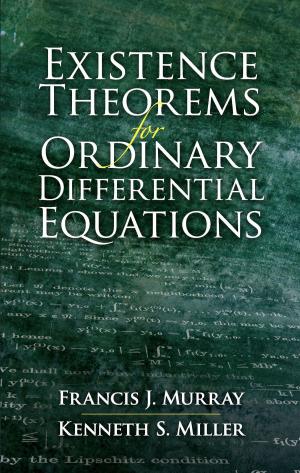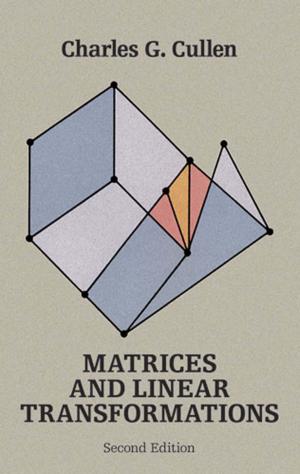| Author: | David A. Sprecher | ISBN: | 9780486153254 |
| Publisher: | Dover Publications | Publication: | April 25, 2012 |
| Imprint: | Dover Publications | Language: | English |
| Author: | David A. Sprecher |
| ISBN: | 9780486153254 |
| Publisher: | Dover Publications |
| Publication: | April 25, 2012 |
| Imprint: | Dover Publications |
| Language: | English |
This classic text in introductory analysis delineates and explores the intermediate steps between the basics of calculus and the ultimate stage of mathematics: abstraction and generalization.
Since many abstractions and generalizations originate with the real line, the author has made it the unifying theme of the text, constructing the real number system from the point of view of a Cauchy sequence (a step which Dr. Sprecher feels is essential to learn what the real number system is).
The material covered in Elements of Real Analysis should be accessible to those who have completed a course in calculus. To help give students a sound footing, Part One of the text reviews the fundamental concepts of sets and functions and the rational numbers. Part Two explores the real line in terms of the real number system, sequences and series of number and the structure of point sets. Part Three examines the functions of a real variable in terms of continuity, differentiability, spaces of continuous functions, measure and integration, and the Fourier series.
An especially valuable feature of the book is the exercises which follow each section. There are over five hundred, ranging from the simple to the highly difficult, each focusing on a concept previously introduced.
This classic text in introductory analysis delineates and explores the intermediate steps between the basics of calculus and the ultimate stage of mathematics: abstraction and generalization.
Since many abstractions and generalizations originate with the real line, the author has made it the unifying theme of the text, constructing the real number system from the point of view of a Cauchy sequence (a step which Dr. Sprecher feels is essential to learn what the real number system is).
The material covered in Elements of Real Analysis should be accessible to those who have completed a course in calculus. To help give students a sound footing, Part One of the text reviews the fundamental concepts of sets and functions and the rational numbers. Part Two explores the real line in terms of the real number system, sequences and series of number and the structure of point sets. Part Three examines the functions of a real variable in terms of continuity, differentiability, spaces of continuous functions, measure and integration, and the Fourier series.
An especially valuable feature of the book is the exercises which follow each section. There are over five hundred, ranging from the simple to the highly difficult, each focusing on a concept previously introduced.
